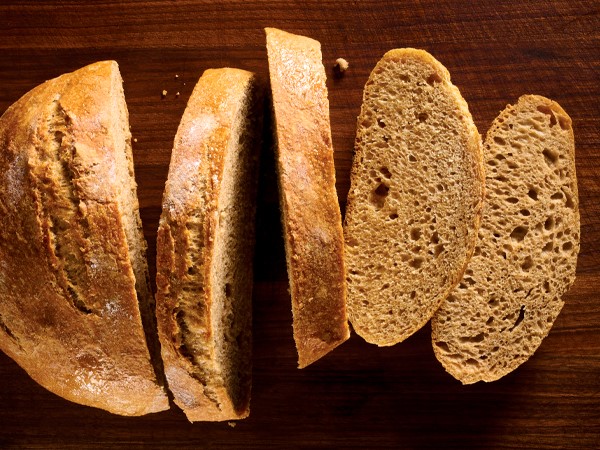Description
First time trying your hand at homemade bread? We've been there! It can be frustrating when your loaf isn't cooperating. We're talking about underproofed or under risen dough, dense loaves, or overproofed collapsed loaves. For this test, we put on our scientific hats and used one recipe (our No-Knead Overnight Bread) to test out these common problems.
One key to baking the best bread is to let it rise (also called proofing) just enough. Your recipe should list a rising time, but you can tell dough has risen enough when it has doubled in size and slowly springs back when poked with a finger, leaving a small indentation behind.
If you're still not finding your zen while baking bread, here are 4 other common solutions to baking the best bread.
Looking for more tricks for baking classic cookies, cakes, breads, and more? Check out the digital edition of Seasons Magazine!
Underproofed
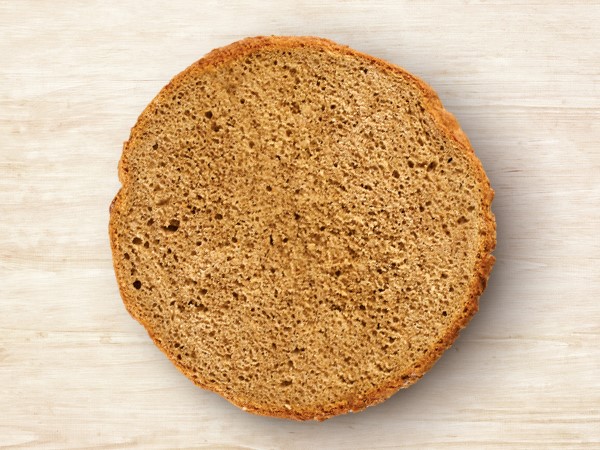
Avoid the trademark of underproofed bread (dense, solid, and gummy center) by letting the dough rise (proof) until it doubles in size before baking.
Overproofed
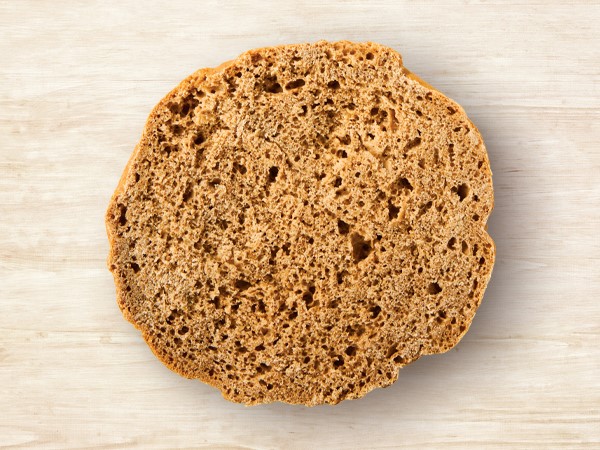
Prevent the large holes and collapsed, irregular shape caused by overproofing by following the proofing time given in the recipe and baking once dough has doubled in size.
Thick Crust
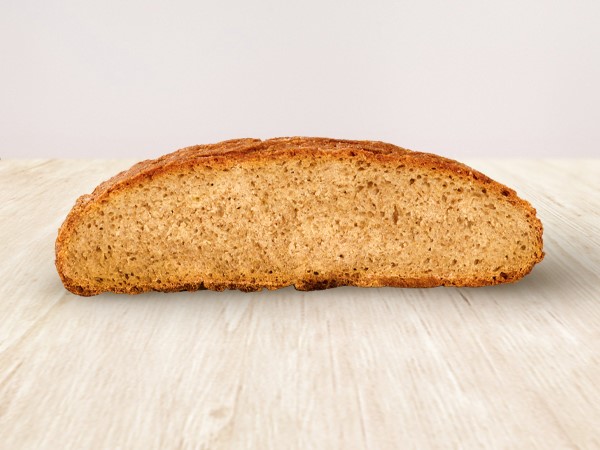
If your oven is too hot, it may cause a thick, tough, dry crust. Double-check your oven's accuracy by hanging an oven thermometer from the rack and preheating to 350 degrees. If your oven thermometer does not match the preheated temperature, increase or decrease the oven temperature until the thermometer registers the correct temperature.
Dough Doesn't Rise
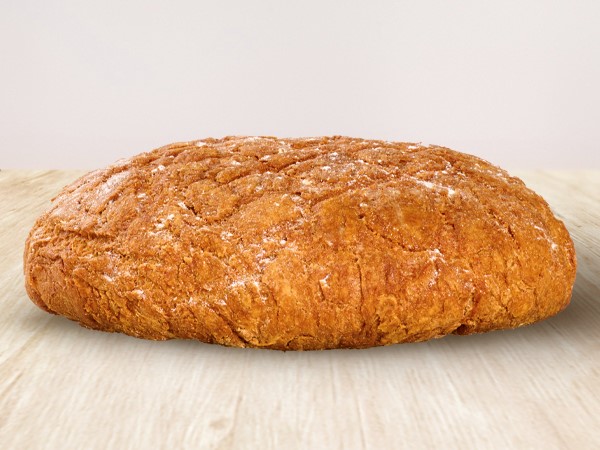
It's likely due to the yeast. Your yeast could be expired, and it's time to buy fresh. Or, it's possible that your warm milk/water/liquid was too hot and it killed your yeast. Yeast is a living organism, after all. Use an instant-read thermometer to check the liquid temperature before adding in the yeast. The temperature match what the recipe or package instructions say.
